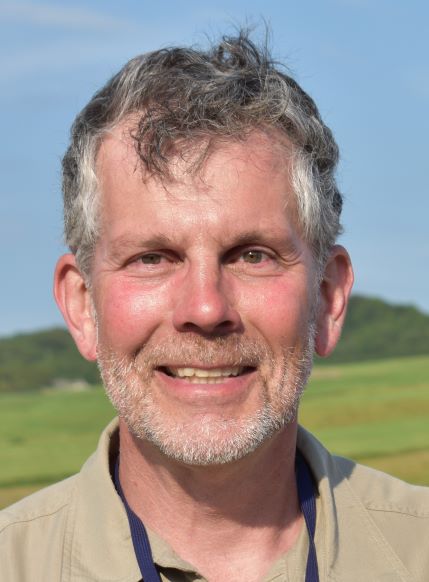From the Accretion of the Olympics to the Birth of the Cascades: The Eocene Transformation of Washington Geology
About the lecture

Dr. Jeffrey Tepper showed how Port Townsend lies between two mountain belts with very different origins, the oceanic Olympic Mountains to the west and the continental Cascade Range to the east. But despite their contrasting traits, the histories of these two chains are intimately connected. He explored how the arrival of the Siletzia terrane about 52 million years ago led to a profound geological transformation of the Pacific Northwest. Over a 10 million year interval in the mid-Eocene (~54-44 Ma), volcanic activity swept across the region from as far east as Montana, extensional stresses triggered faulting and formation of sedimentary basins, the Olympics were established, and volcanism in the Cascades was initiated. All of these phenomena can be linked to the accretion of Siletzia, which caused the Farallon Plate that had been subducting beneath Washington to slow, roll back, and ultimately break off. The evidence of these dramatic events is recorded in rocks we see at the surface as well as in geophysical anomalies deep in the mantle. This event was sponsored by Quimper Geological Society, an Earth Science outreach group of Jefferson Land Trust.
About the speaker
Jeff Tepper was on faculty of the Geology Department at the University of Puget Sound, he began his emeritus status in 2021. He earned his PhD from UW, where he studied the origins of granite in the North Cascades. At UPS he teaches classes in mineralogy, petrology, geochemistry, GIS, and geomythology. Most of his research projects focus on the magmatic and tectonic history of the Pacific Northwest (including Tamanous Rock), or on the geochemistry of water and sediment from Tacoma-area lakes. Visit Jeff’s website for more information: https://www.jeffreytepper.com/

